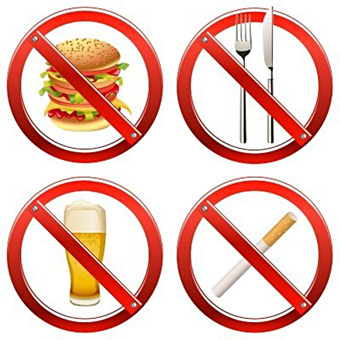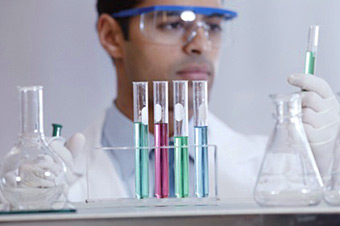 |
| Fire broke out in a lab and killed a Research Assistant in UCLA |
|
 |
|
|
 |
|
|
The long-awaited new 3-3-4 curriculum is finally getting into gear. With the increasing number of new staff and students in the new school term, it is perhaps a suitable time to remind our new users about the importance of campus safety, with laboratory safety in particular.
No matter where you come from or what background you have, there are common undesirable practices that we often identify in the laboratory. Eating and drinking in the laboratory is definitely one of the most infamous practices a laboratory user can inherit. Users are frequently found eating and drinking in the laboratory. This may become a serious matter especially in a laboratory where chemical, biological and radioactive materials are handled. Not wearing lab coat and safety glasses have always come high on the list of bad practices. All too often we find users not wearing lab coat and safety glasses think that it does not worth making an effort when performing a so-called little experiment but eventually get spills on their clothes and splashes on their faces. Surely, the issue can become a serious problem when users are handling highly hazardous materials. A fatal chemistry laboratory accident recently occurred in UCLA has vividly demonstrated the point. Wearing shorts and scandals are also quite common among users. Again, these are not the kinds of practices recommended and users should avoid them when working in the laboratory.
Other than issues related to clothing and gears, users are sometimes found engaging in inappropriate practices which are more superstitious in nature rather than a sound practice with sturdy rationale. From time to time, users are found using fume hood with the emergency mode being activated. Research and personal exposures surveys have demonstrated long ago that the containment of a fume hood is adequate when the fume hood is operating at its optimal exhaust range. However, some users are generally more inclined to "the more the better" concept which drives them to operate the fume hood with the emergency mode being activated. Uncontrolled spraying of ethanol on culture plate and hands prior to tissue culture related procedures in a Biological Safety Cabinet (BSC) is yet another common practice with potential harm. It’s not too difficult to find users who have sprayed their hands too much caught in fire. Fortunately, we have not come across an incident in which a user was seriously injured but we should not ride on our luck. To wrap up the list, users should avoid touching door handle and laboratory furniture with their gloved hands. Contaminated gloves can rapidly spread hazardous materials from one laboratory to another and cause unnecessary user’s exposure to hazardous materials. Such a practice will not only affect the users themselves but other users sharing the same laboratory or work area as well.
|